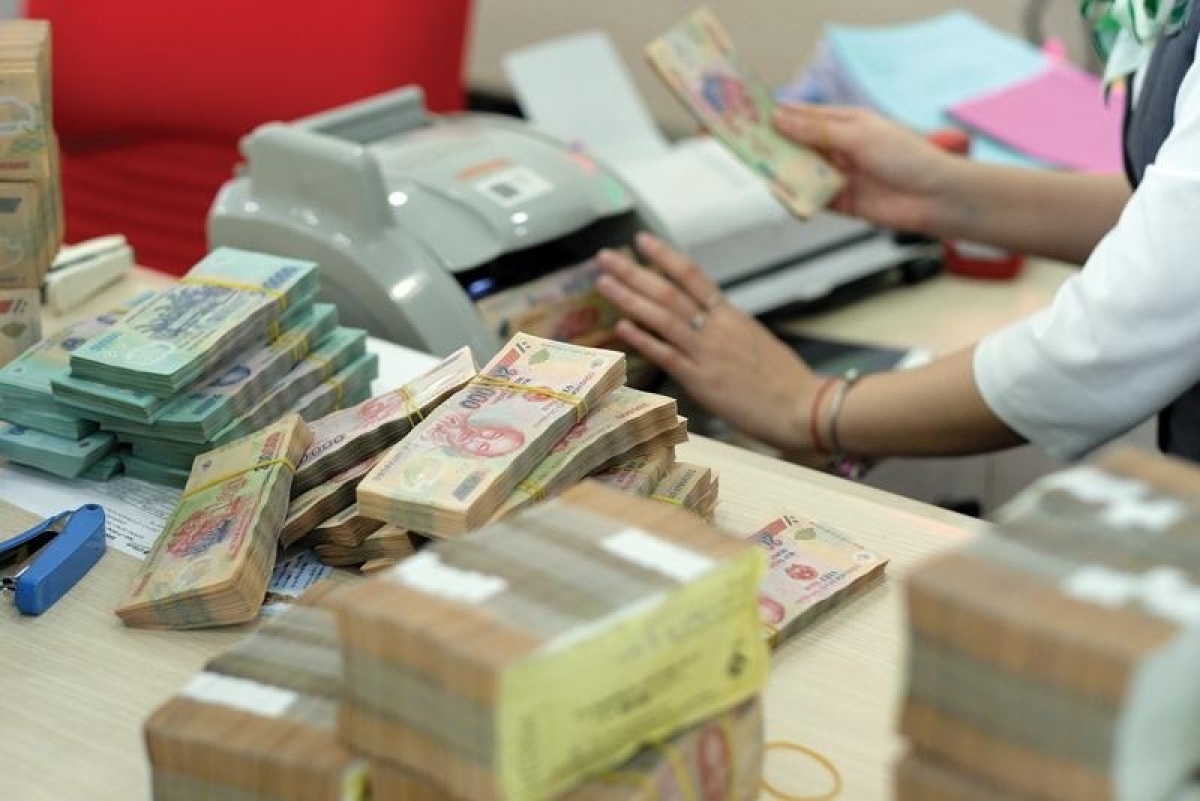INTERNATIONAL INVESTMENT
AND PORTAL
According to data released last week by the State Bank of Vietnam’s (SBV) Region 13 branch, outstanding real estate credit reached approximately $1.57 billion by the end of July, up 10.51 per cent compared to the end of 2024, accounting for 7.98 per cent of total outstanding loans in Region 13.
 Credit growth in recent years has remained on a generally healthy trajectory in Vietnam, Photo: Shutterstock
Credit growth in recent years has remained on a generally healthy trajectory in Vietnam, Photo: Shutterstock
Of this, outstanding loans for real estate business purposes stood at around $308 million, a sharp increase of 37.38 per cent from end-2024, making up 19.58 per cent of total real estate credit in the region. Meanwhile, outstanding loans for real estate consumption purposes amounted to approximately $1.27 billion, rising 5.49 per cent from end-2024 and representing 80.42 per cent of total real estate credit.
“Banks in the region are continuing to accelerate credit flows into real estate business activities to increase future housing supply, thereby stimulating demand for both residential purchases and investment,” said Dr. Pham Minh Tu, director of the SBV’s Region 13 branch.
At the government’s regular meeting held on August 7, SBV Governor Nguyen Thi Hong reported that system-wide credit in the first seven months of the year rose by around 10 per cent compared to the end of 2024, a relatively high increase versus the 6 per cent growth recorded in the same period last year.
“The pace of credit growth in these two sectors is indeed higher than the overall average. However, this is consistent with the policy objective of easing difficulties in the property market. Once legal bottlenecks in projects are cleared, the need for financing to proceed with implementation is inevitable,” Governor Hong said.
As for the securities sector, while credit has been expanding, it accounts for only 1.5 per cent of total outstanding loans, posing no systemic risk, she added.
“The SBV continues to closely monitor prudential indicators. The ratio of short-term funding used for medium- and long-term lending remains below the 30 per cent threshold. At the same time, we are consistently directing credit institutions to align their funding structures with maturities to safeguard system stability,” she said.
Agreeing that the 1.5 per cent share of system-wide outstanding loans allocated to securities remains negligible compared to the scale of overall credit in the economy, and thus poses only limited systemic risk, Do Bao Ngoc, deputy CEO of Vietnam Construction Securities, also noted that current credit dynamics are showing notable shifts, carrying both opportunities and latent risks.
“At the system level, credit grew by roughly 10 per cent over the first seven months, is a relatively strong increase, particularly as the broader economy has yet to truly heat up,” Ngoc said. “The improvement reflects banks’ earlier loosening of credit supply, allowing capital to circulate more smoothly across the economy. The drivers include accommodative monetary policy, a rebound in credit demand supported by accelerated public investment, the gradual removal of legal bottlenecks in real estate, and a positive recovery in exports.”
Notably, credit growth in real estate and securities is outpacing the system average, Ngoc explained.
“This indicates that riskier capital flows are being injected more strongly than other segments, reflecting higher return expectations from both banks and borrowers. While this is a positive signal for asset markets, it also carries the risk of bubbles if growth becomes overheated,” he added.
Regarding the stock market, Ngoc assessed that the impact of rising securities credit is largely positive.
“Greater access to leverage enhances liquidity for investors, thereby supporting short-term upward momentum. At the same time, rising credit allocation to both real estate and securities is generating a psychological effect, reinforcing investor confidence that the market is entering a bullish wave,”
Ngoc said.
Economist Assoc. Prof. Dr. Dinh Trong Thinh said that even in these two so-called sensitive areas, credit growth in recent years has remained on a healthy trajectory.
“The increase in credit to real estate and securities during the first seven months of the year is not yet a cause for concern. In principle, outstanding loans generally tend to rise, but the current pace of growth is positive for the market and does not raise alarm,” he said.
“Even in the US or certain European countries, the broader markets have exhibited a similar trend. In the context of an increasingly improved legal framework and lessons learned from the past, the expansion of credit into real estate and securities remains under control,” Thinh explained.



















